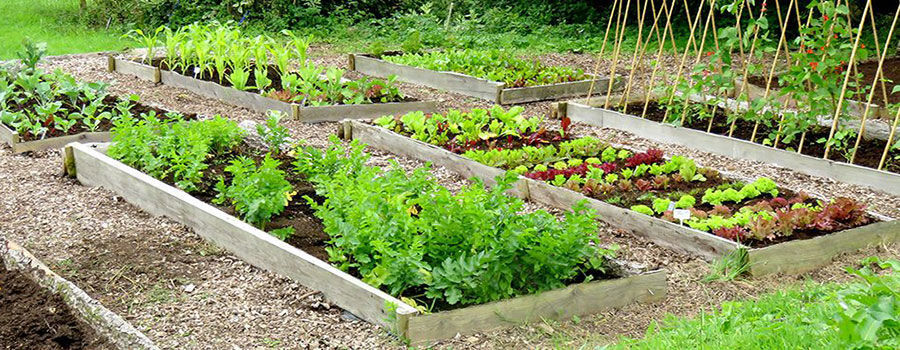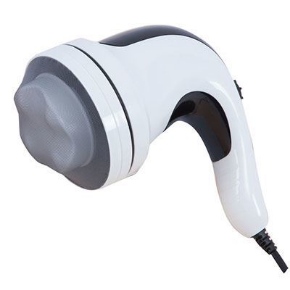
Raised bed gardening is one of the most exceptional ways of gardening that makes it much easier to grow and maintain plants within smaller areas. Usually, for preparing the beds, the soil is raised to approximately six inches above the ground and is walled by the rock, wood or concrete frames/blocks. As the gullies are kept broad, and there is a space planned between the beds, the gardener can easily avoid his/her footsteps from the bed-surface and take care of the plants from a distance.
This method of gardening prevents the soil compaction to the maximum extent and makes it easy for the roots to grow faster in a much free environment.
Raised bed gardening is also renowned for its benefits of preserving moisture, better weed control, and aeration. It majorly helps in controlling the soil erosion and saves many liters of water. Due to its overall advantages and easy to handle subsistence, it is highly in trend these days, and people all over the world love to have their separate raised bed gardens for growing vegetables and plants. Considerably, the central privilege is one can comfortably decide for the height of the bed as per his/her convenience and age.
Markedly, you can grow almost anything with this approach, but few vegetables rise above the rest. These real-stars are best suited for the raised bed gardening and can give you the ultimate results in substantially fewer efforts.
- Root Vegetables
Beets, radishes, parsnips, and carrots are perfect for raised beds as they flourish very easily in the loose and rock-free soil. These vegetables mainly require space for their root to grow and love to spread freely without any hindrance. Keep this in mind when you prepare the soil for them, and rest assured you will get the best results.
To emphasize, while it may take several months for the root vegetables to mature, pests can eat and destroy them to the full in merely few weeks. For better growth, try to keep a sharp eye on these enemies and choose the varieties such as 'Paris Market,' 'Little Finger' that evolves pretty fast providing less exposure to the germ attacks.
- Leafy Greens
Greens such as spinach, lettuce, and kale grow fabulously in raised beds. As these are the cold weather crops, they need to be planted as soon as you get a trowel into the soil. Notably, the soil in the raised beds warms comparatively more quickly, so for taking several great harvests, plant these crops before the summer hits. Always remember to prepare the bed with quick-draining soil as roots of these plants love to stand dry.
- Onions
Onions are the ideal vegetable to be grown in raised beds. Three reasons make onion the perfect crop to grow very easily with minimum effort- they need quick draining soil, they usually take a long time for growth, and they like plenty of organic matter. As the soil of the raised beds can be catered as per the needs, when planning to grow onions, make sure to rich the soil with plenty of compost. From seeds to reach maturity, onions take around 100 days to germinate properly. Therefore, when mapping for the raised bed gardening, you can give the onion bed a head start.
- Tomatoes
Being the heavy feeder, tomatoes need nutrient-rich soil for its proper growth. For growing them, you will need to customize your soil putting a lot of compost or organic manure. The overall process is pretty simple, but you need to take proper care when watering the plants. Do not use the water hose to sprinkle around as they may cause a lot of soil based diseases to the leaves. Instead, try to supply water only to the base. Surely it will consume time, but the grown-up plants will be healthy to deliver high-quality tomatoes.
- Potatoes
Looking for something that can be grown easily without putting many efforts! Go for potatoes. Comparatively, potatoes take a larger bed to grow correctly, and the recommended size floats around 4*4 ft. with 12 inches of depth. For plantation, you will need to fill the raised bed with mushroom compost, topsoil, and a little quantity of perlite to aid the moisture retention. Once the soil smoothed out, you can create trenches of 4 inches depth keeping a separation distance of around one foot.
After you seed the potatoes, cover them up and water the bed thoroughly to sustain the moisture level. Later when the plant began to grow, make soil hills around the plant covering all but not exactly the leaves. Potatoes love water but make sure not to overfill them as it can even rot down the roots.
In essence, raised bed gardening requires a lot of patience and faith to deliver the expected results, but once you get used to it, it is as simple as any other thing in daily life. Markedly, try to choose the varieties that have short maturity cycle as those who take months to grow, have greater chances to attract the diseases and pests. As a step ahead, read thoroughly for the varieties and prepare the soil best suited for them.
Often people make a mistake while watering the plants. Some of the plants require a high level of moisture while the other needs nearly dry soil to boost their growth. Learn, watering the plants as per their requirement not only helps them to grow as healthy but also keep them away from the diseases and the fungus.
































